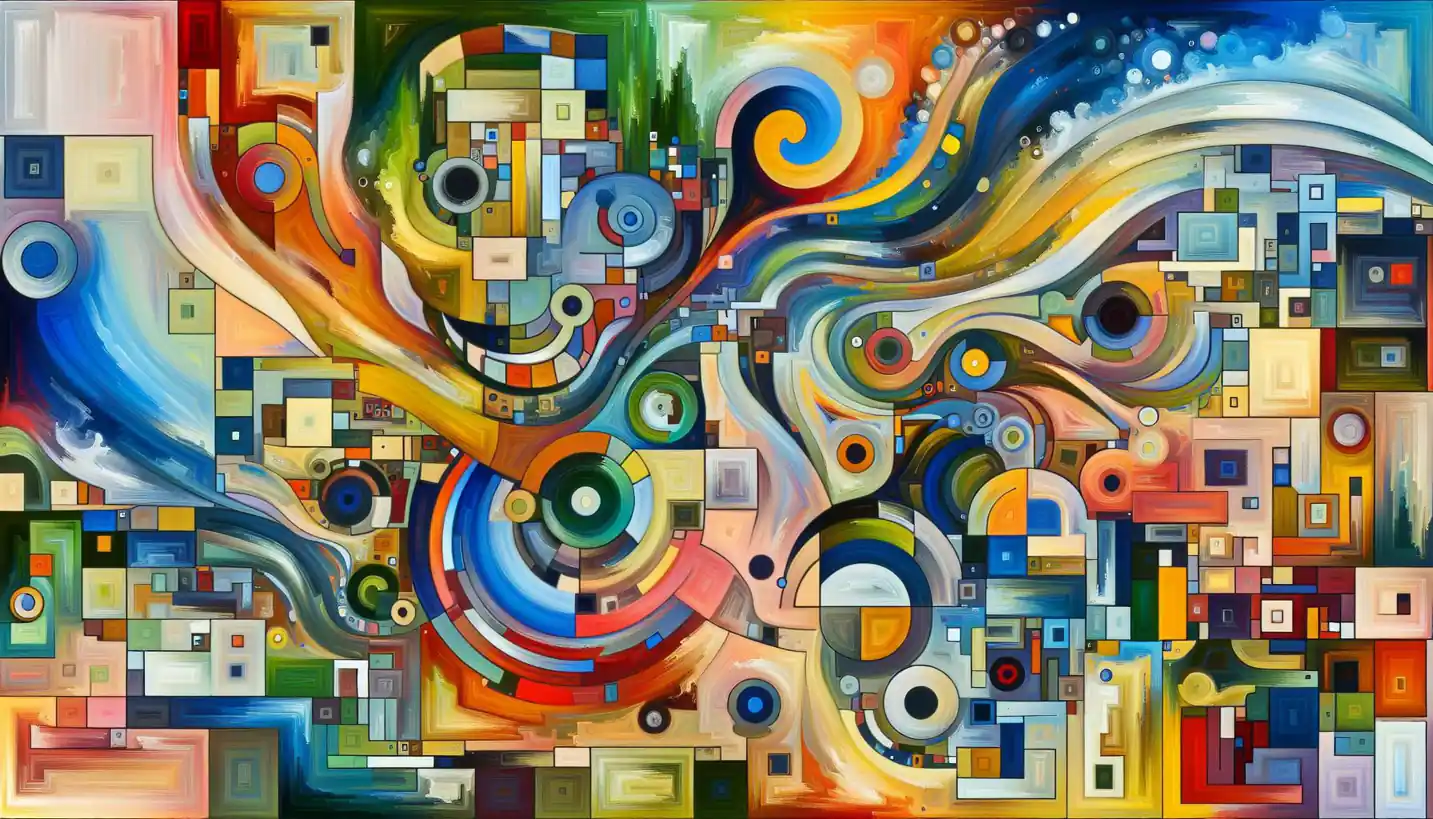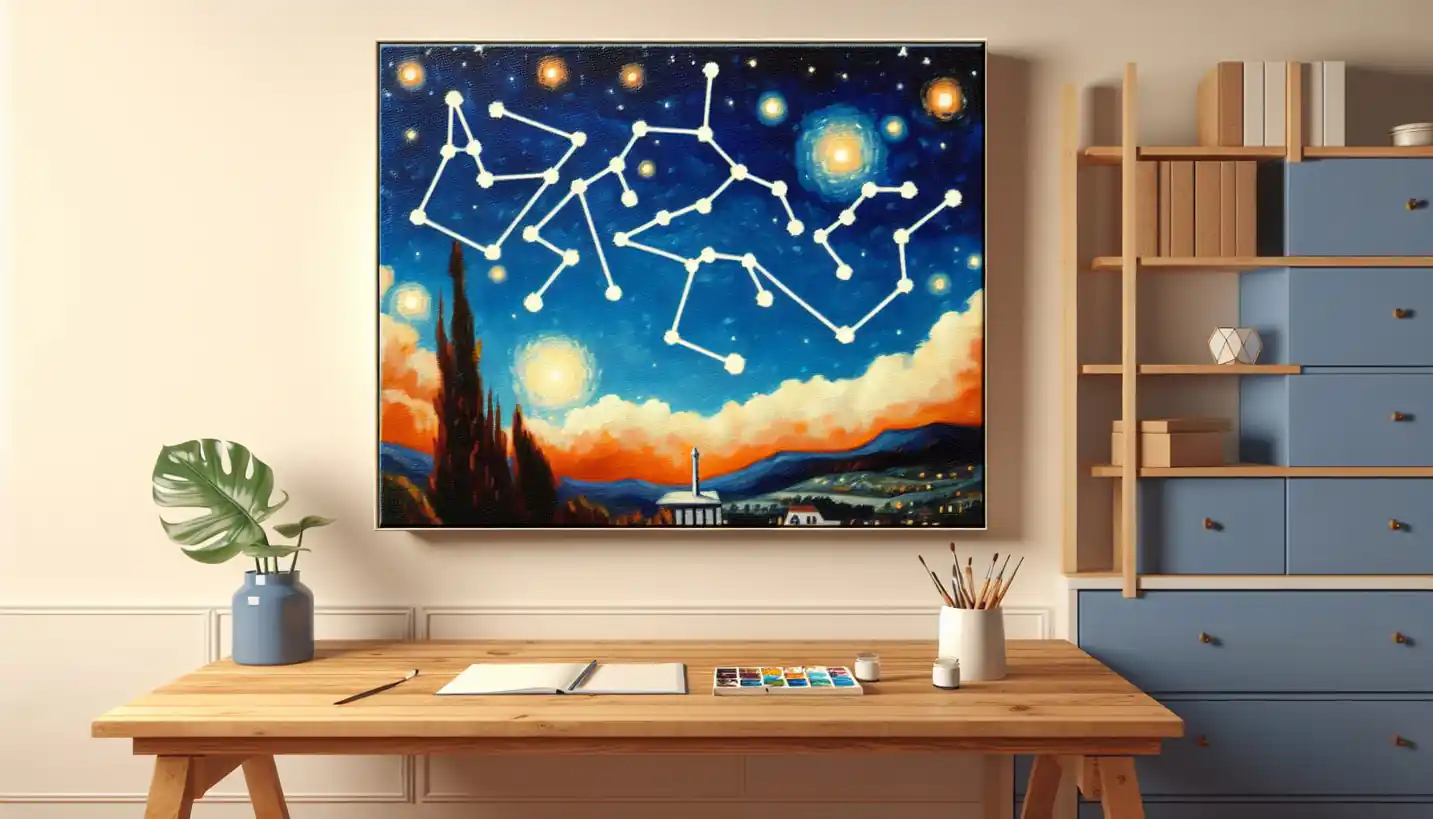· Art · 4 min read
Fungal Infestation: The Hidden Threat to Art Preservation
Fungal infestation poses a hidden threat to art preservation. Learn how conservators combat this enemy to protect beloved and priceless artworks.

Art conservation is a fascinating field that combines science, history, and creativity to protect and restore artworks. One of the sneaky adversaries that conservators often battle is fungal infestation. These tiny organisms can cause big problems, and understanding their impact is key to preserving our cultural heritage.
Fungi thrive in environments that are humid, dark, and poorly ventilated—conditions often found in storage areas or basements of museums. These microorganisms are not picky eaters. They can munch on anything from canvas to wood, paper, and even paint. Once fungi settle in, they can cause discoloration, brittleness, and even structural damage to artworks.
Imagine you’re walking through an art gallery. Each piece tells a story, not just of its subject but also of its journey through time. Now, picture a masterpiece quietly deteriorating because of invisible invaders like fungi. It’s like a silent decay, eating away at history bit by bit.
Why Do Fungi Attack Art?
Fungi are opportunists. They need organic material to survive and grow, which makes art—and the materials it’s made from—a perfect target. Canvas, wood, and paper are especially prone because they are cellulose-rich, providing a feast for fungi.
Humidity is a major factor. When there’s too much moisture in the air, it creates an ideal environment for fungi to sprout. This is why art conservators are so meticulous about climate control. They use high-tech tools to monitor and regulate temperature and humidity in galleries and storage spaces to keep these pestilent spores at bay.
The Science Behind the Damage
Fungi cause damage by breaking down the materials they live on. They release enzymes that decompose organic matter—much like how bread molds. The visible result might be dark spots or a fuzzy growth, but under the surface, the material is being compromised. This can weaken the structural integrity of artworks.
Different types of fungi have different preferences. Some are drawn to the starches in paper, while others are more interested in oils found in certain paints. The variety is vast, and each type poses its own set of challenges for conservators.
Tackling Fungal Infestation in Art Conservation
Addressing fungal infestation isn’t just about removing the visible growth. It’s crucial to treat the underlying issues that allowed the fungi to thrive in the first place. This often involves improving environmental controls and ensuring artworks are stored in conditions that fungi find inhospitable.
There are several techniques to remove fungi from artworks. One common method is to use special vacuums and brushes to physically remove the growth. Conservators might also use chemical treatments to kill off any remaining spores. However, these methods must be used with caution to avoid damaging the delicate surfaces of the artworks.
Innovative solutions are also in play. For instance, researchers are exploring the use of non-toxic gases to fumigate affected artworks, effectively killing the fungi without leaving harmful residues.
The Role of Preventive Care
Prevention is the best approach when it comes to dealing with fungi. Art conservators work tirelessly behind the scenes to prevent infestations from occurring. This includes regular inspections of artworks, meticulous record-keeping of an artwork’s condition over time, and controlling the microclimate where the art is displayed or stored.
Education and training are also essential. By equipping staff with the knowledge of how to spot early signs of infestation, museums can act swiftly to mitigate damage.
A Glimpse into the Future of Art Conservation
The fight against fungal infestation in art conservation is ongoing, but the future looks promising thanks to advances in technology and research. Scientists are developing new ways to detect and treat fungal growth using advanced imaging techniques and innovative materials.
Researchers are also looking into biological solutions, such as using beneficial microorganisms that naturally outcompete harmful fungi without damaging the artwork. These sustainable techniques have the potential to revolutionize the way art conservation is approached, making it safer and more effective.
Conclusion
The challenge of fungal infestation in art conservation highlights the intricate balance between art and science. It reminds us that preserving cultural heritage requires a keen understanding of both the materials used in artworks and the biological threats they face. As we continue to explore and innovate, we can ensure that future generations will have the opportunity to appreciate and learn from the masterpieces of today and yesterday.
Protecting art from fungi is like a detective game—constantly watching, understanding clues, and staying one step ahead. It’s a testament to human dedication to preserve beauty and history, safeguarding it from time’s relentless march.


